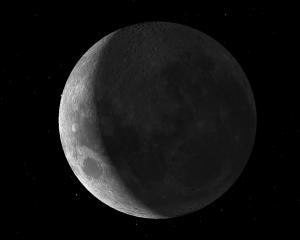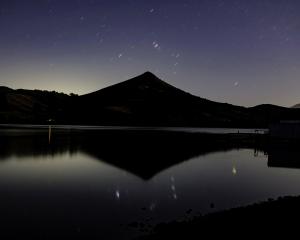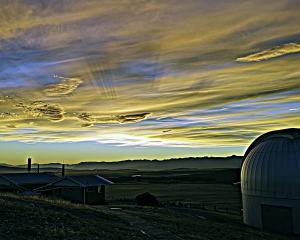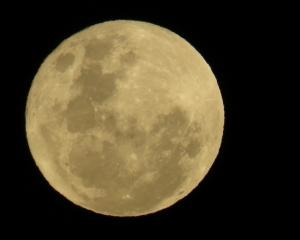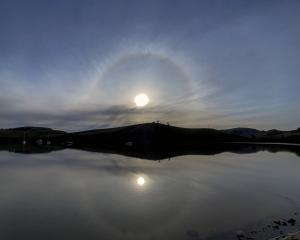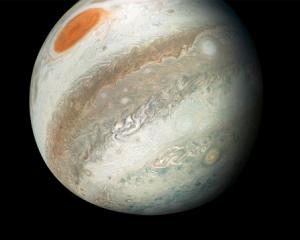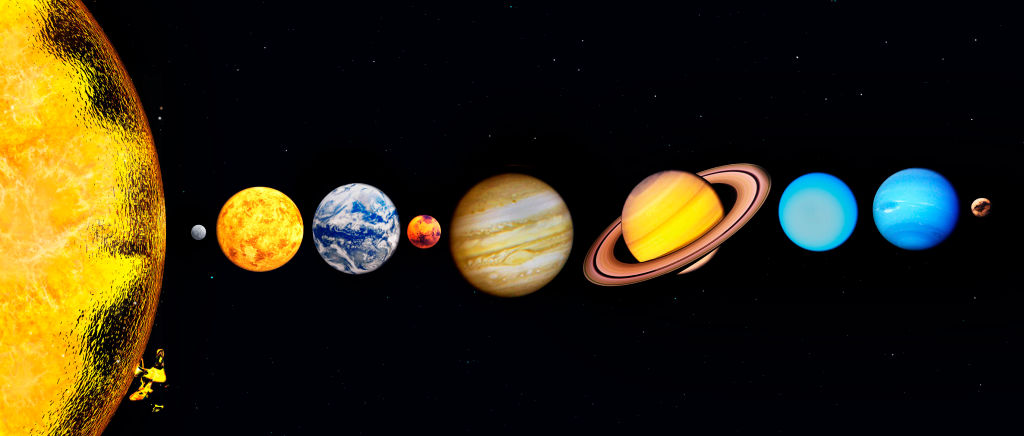
The BepiColombo space probe will hopefully reveal much about the first planet in our solar system, Mercury, writes Ian Griffin.
Sometimes, when writing this column, I have to write articles well in advance of a particular event. That is why, by the time you read these words, I very much hope that the BepiColombo space probe (scheduled for liftoff on October 20) has successfully launched on a mission to explore Mercury, the innermost planet.
Incidentally, BepiColombo is named in memory of Giuseppe "Bepi'' Colombo (1920-84), an Italian scientist, who first thought up the fuel-saving interplanetary gravity-assist manoeuvre which is now commonly used by interplanetary spacecraft to explore the solar system's far reaches.
It seems appropriate that Colombo's technique will be used by the spacecraft bearing his name; BepiColombo will utilise close encounters with both Earth and Venus to get it to its destination, where it is expected to enter orbit in 2025. It also seems appropriate that BepiColombo's target, Mercury, is putting on a good show in the evening sky.

As this week's chart shows, an hour after sunset, Mercury can be seen as a fairly bright object in the western sky as darkness falls.
You can use Jupiter as a guide to finding Mercury. Jupiter is by far the brighter of the two planets, its brightness and distinctly yellow/white hue will make it easy to spot some 10 degrees above the western horizon as the sky darkens. Once you find Jupiter, cast your gaze to the left; Mercury should be visible as a fairly bright "star'' just over three degrees away.
On Sunday, Mercury will be over 176,000,000km from Earth. Travelling at approximately 300,000km every second, the light you see when gazing at the planet reflected off its rocky surface nearly 10 minutes before entering your eyes.
If you do have a telescope and point it towards Mercury, you will notice that the planet resembles a gibbous moon this week; its disc is almost 80% illuminated.
Earth-based telescopes do not reveal much about Mercury, and that is why missions such as BepiColombo are so important. I can't wait to see what this amazing mission will tell us about the many mysteries of Mercury.




